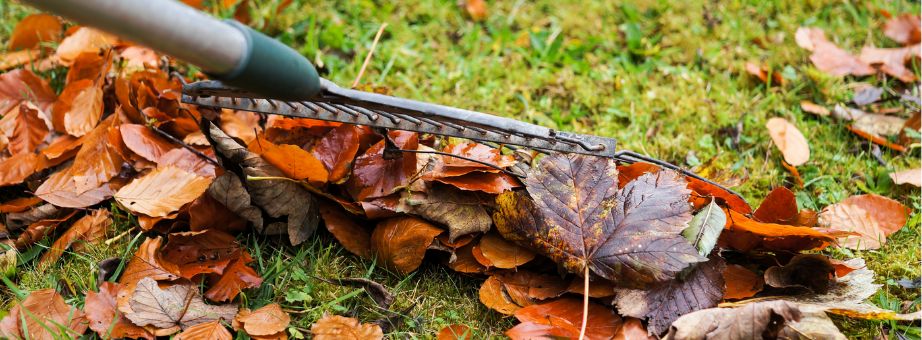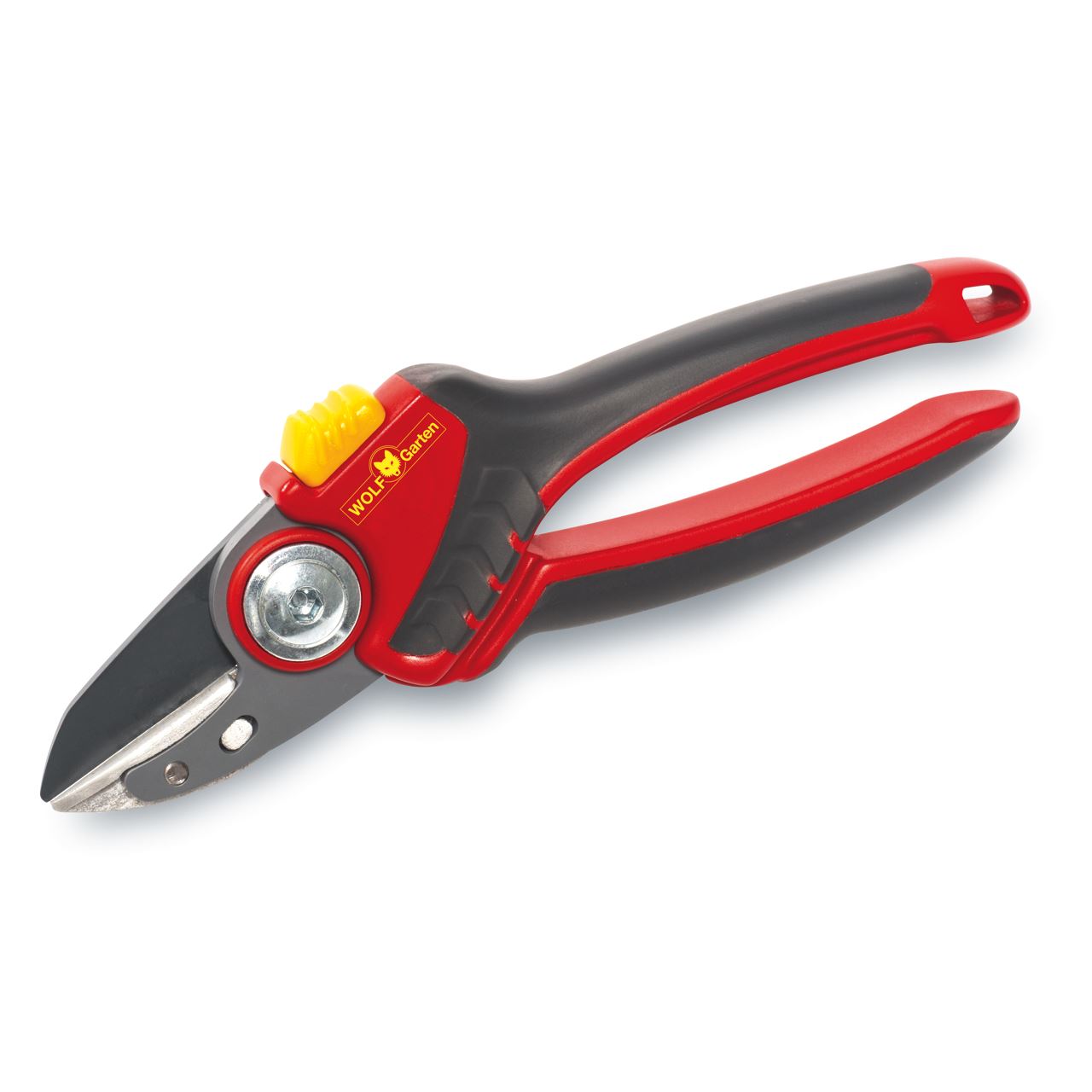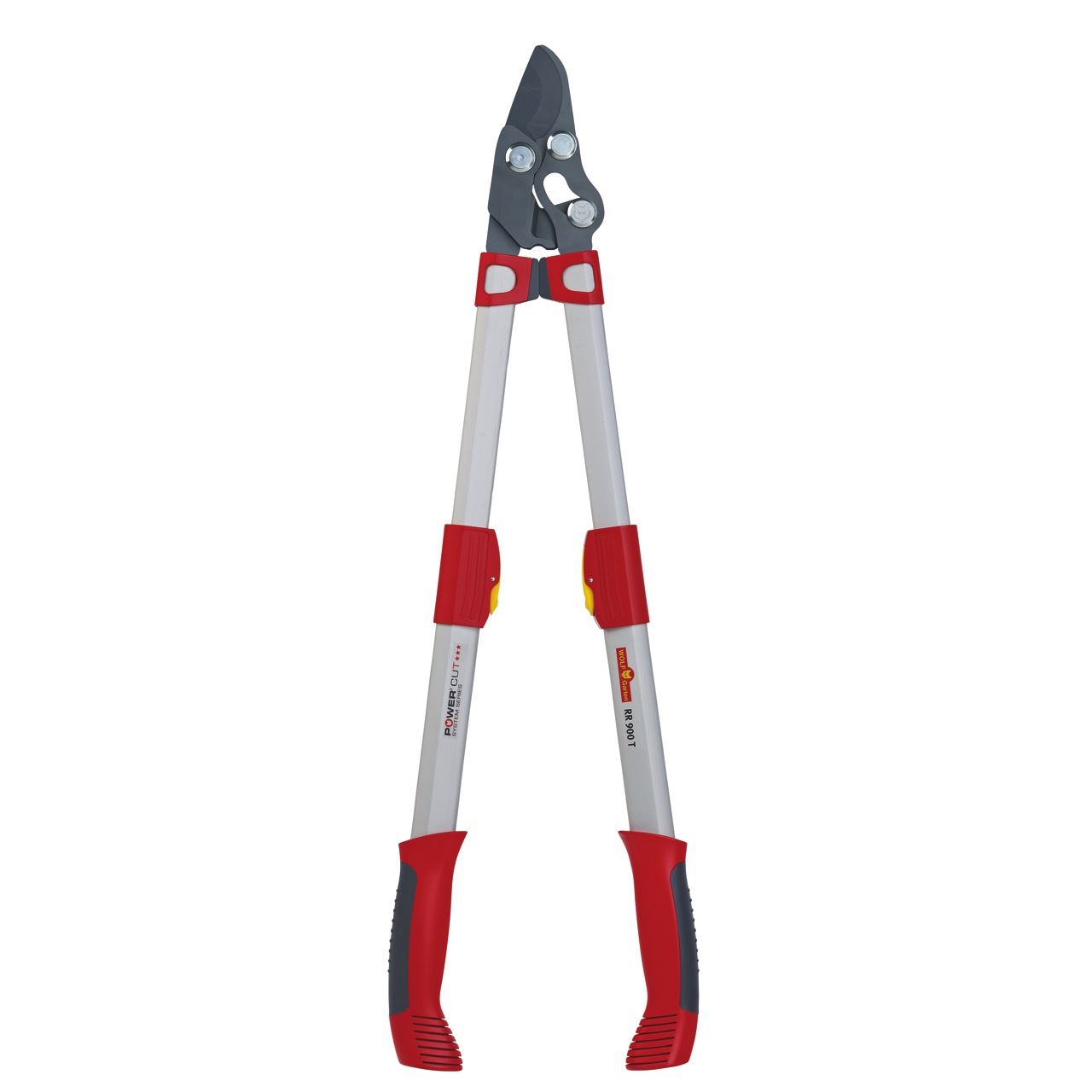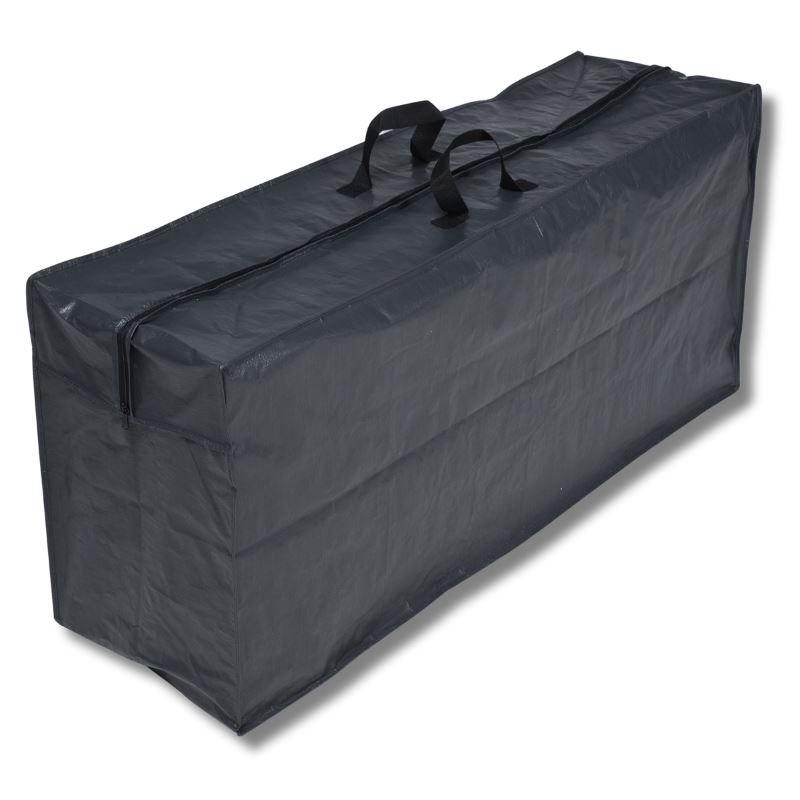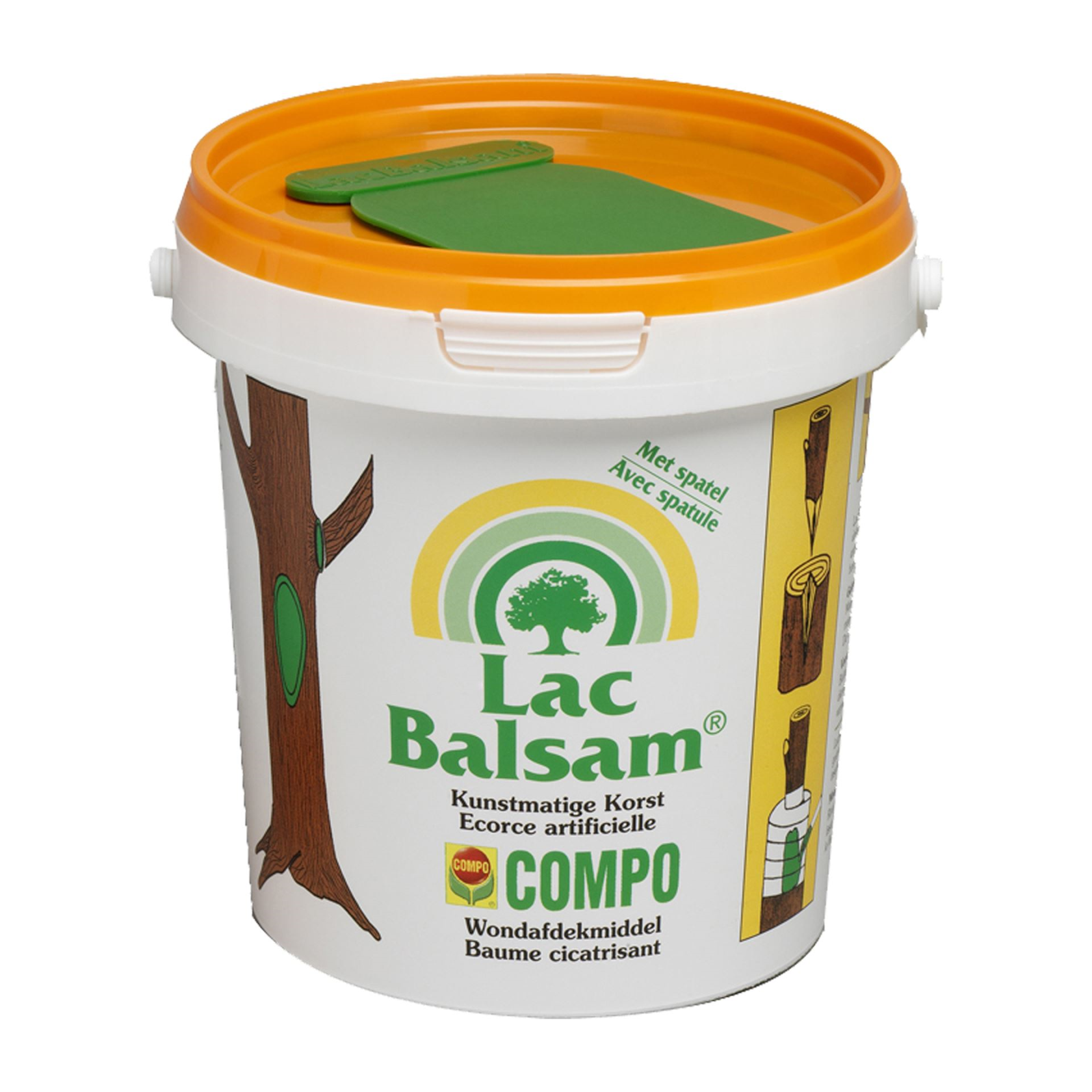Autumn garden chores: your checklist!
It's far from time for hibernation as there are quite a few autumn chores on the agenda. Take your garden under hand(shoes) thanks to our tips & checklist.
The pruning shears
Even during autumn, many plants could use a trim. The advantage of pruning in autumn is that deciduous shrubs have shed their leaves by now, making the structure of the branches much more visible. This makes pruning much easier. Autumn pruning mainly serves to remove damaged branches and diseased plant parts. We can also shape the shrubs nicely now. Prune the plants during their winter dormancy period so that they go into spring strong & healthy.
But you should not put scissors in your plants anytime. The plants should be dormant, their sap flows should not yet start. Pruning makes plants bloom, but unfortunately sometimes it also makes them bleed. Pruning logically also leaves wounds, which take a few days to heal. If the juices already flow smoothly through the branches of the plant, you risk your plant bleeding to death. We want to avoid that at all costs! With some plants, such as maple, chestnut, walnut and grapevine, the sap flow resumes early in spring, they should be cut back in December at the latest so that their wounds heal in time.
Summer fruit, such as blueberries & raspberries, can be given a cut in autumn. Shrub roses & climbers can also be cut short. This reduces the chance of them being damaged during strong (gusting) winds.
Tidying up
From October onwards, the trees shed their leaves, which lie draped over your garden like a golden blanket. Clear your lawn of leaves with a leaf rake or leaf blower so you are not left with yellow patches after winter. But don't discard the leaves as they contain precious nutrients for the soil. Sprinkle the foliage over the plant border. Besides the extra nutrition, the mulch layer also protects your plants from the harmful frost during the cold winter months.
Pack your plants & garden furniture nice and warm
Don't just wrap yourself up warmly in autumn, but your plants too! Thermal covers offer ideal protection for your plants during the chilly winter months. They protect them not only from the icy cold, but also from the drying wind. These covers still let air & light through, so the plants keep breathing well and do not rot. Fleece cloths & jute bags also have an insulating effect. In addition, coconut shells offer good protection for your pot and tub plants. Do you have a greenhouse? Then this is the ideal winter home for your tropical & Mediterranean patio plants.
Besides your plants, your garden furniture, barbecue & parasol could also use a waterproof winter cover. You don't want your lovely lounge to turn green next summer or your barbecue to get a layer of rust!
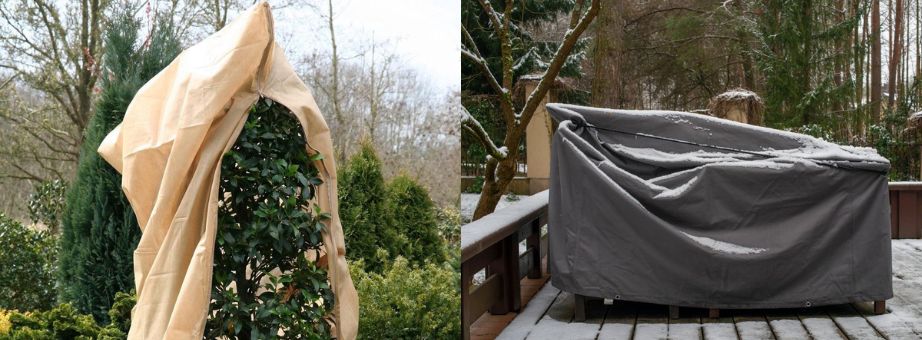
The robotic mower on winter stand
Mow the lawn for the last time in November, but choose a higher setting of 5 cm. This way, the grass is better protected from the cold. Then your lawnmower or robotic mower can go into winter storage for a few months. After all that hard work, your mower could use a refurbishment and cleaning. First, clean all parts well and replace the blades. Also store the cables in a frost-free place. Thanks to our wall hangers, you can hang up your grass robot in your garden shed or storage room. That way, you also save space!
Spring in your (flower) bulb already?!
Although autumn is still in full swing, we are already looking forward to the colourful spring, the season when flower bulbs play the leading role. But they have to be planted now, in autumn. This is because autumn bulbs still need a frost period so they can bloom beautifully in spring. Let the cheerful tulips, daffodils, crocuses & hyacinths decorate your garden & flower boxes, and enjoy a true explosion of colours and fragrances!
Pick a sunny spot & dig a hole at the right depth for the specific flower bulb - usually two to three times as deep as the height of the bulb. A handy helper here is the bulb planter! You can always find the planting depth on the back of the flower bulb packaging.
Tip from Marcel: try making a flower bulb lasagna!
Although the term might be misleading and remind you of the delicious Italian dish, this lasagna is not edible. However, just like a lasagna, you stack the flower bulbs in layers. In the bottom layer, plant the bulbs that flower last, e.g. tulips. Then follow with a layer of daffodils and finish with a layer of crocuses. In this way, you can enjoy continuous flowering all spring long!
More info? Receive all our gardening tips directly in your mailbox!
We'll only email you handy facts, green advice and our best promotions & discounts. You'll receive it about once a week and you can unsubscribe at any time. No spam, promise 🤞












